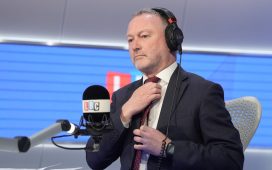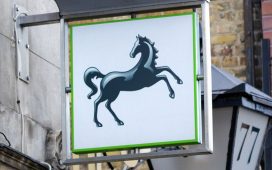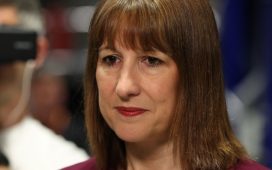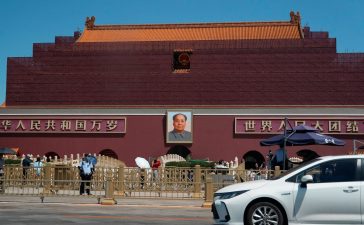Stay informed with free updates
Simply sign up to the UK interest rates myFT Digest — delivered directly to your inbox.
The Bank of England signalled it would cut rates this summer if inflation stays low, even as it kept borrowing costs at a 16-year high of 5.25 per cent.
Andrew Bailey, governor, told a press conference on Thursday that a rate cut at the Monetary Policy Committee’s next meeting in June was neither “ruled out” nor a “fait accompli”.
But he added: “It’s likely that we will need to cut bank rates over the coming quarters . . . possibly more so than currently priced into market rates.” Traders currently expect the BoE to make two 0.25 percentage point cuts by December.
James Smith, economist at ING, said that the BoE’s message had a “distinctly more optimistic flair”, suggesting it was “getting very close to its first rate cut,” even though it had not come down clearly in favour of a move in June.
The MPC voted by seven to two to keep the benchmark rate at 5.25 per cent, with deputy governor Sir Dave Ramsden joining external member Swati Dhingra in voting for an immediate cut.
Economists polled by Reuters had forecast just one vote for a cut, in line with the MPC’s last meeting in March.
Bailey said there had been “encouraging news” on inflation and that it would fall close to the bank’s 2 per cent target in the next couple of months, while cautioning that the BoE was not yet ready to act.
“We need to see more evidence that inflation will stay low before we can cut interest rates,” he said. “I’m optimistic that things are moving in the right direction.”
He added that the MPC now expected underlying inflationary pressures to fade “slightly faster” than previously assumed.
In new language, the MPC said it would “consider forthcoming data releases” — a reference to inflation and jobs figures — in determining whether “the risks from inflation persistence are receding”.
The data is set to be published ahead of the MPC’s June 20 meeting.
The timing of the first BoE rate cut in four years has taken on huge political resonance ahead of the general election expected this year. Prime Minister Rishi Sunak is seeking to convince voters that the UK has turned a corner from the cost of living crisis.
European central banks are also preparing to diverge from the US Federal Reserve by reducing interest rates in the coming months, betting that inflation will prove less persistent than in the US, where demand is stronger.
Bailey sought to combat market perceptions that the BoE might delay its first rate cut if the US was slower to cut borrowing costs.
“There is no law that says that the Fed moves first,” he said.
However, the BoE is wary of jumping too soon after its hard-won fight to get price pressures from double-digit levels to the current 3.2 per cent rate.
Investors attribute a probability of around 45 per cent to a rate cut by June, roughly the same as before Thursday’s announcement.
Interest rate-sensitive two-year gilt yields nudged down 0.05 percentage points to 4.27 per cent after the decision. The FTSE 100 index of blue-chip stocks rose 0.3 per cent on hopes of rate cuts this summer.
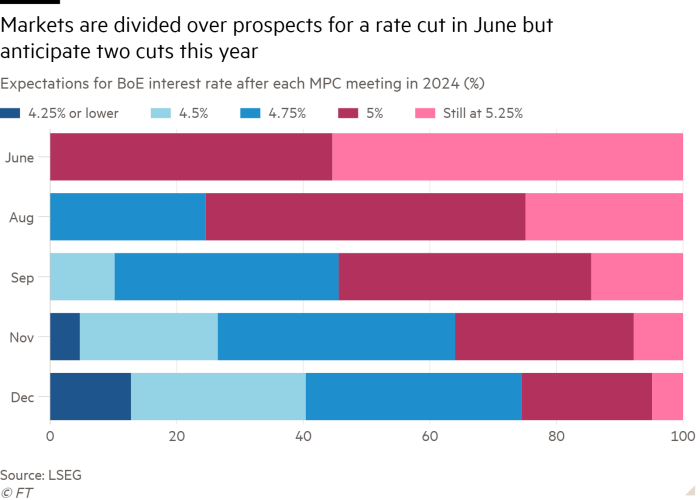
Minutes of this week’s meeting also indicated continuing divisions within the MPC, noting a “range of views” on how persistent inflation is likely to be and how much evidence is needed for a rate cut.
Ramsden and Dhingra told the MPC meeting inflation was on a “firm downward trajectory” and that rates “needed to become less restrictive now”.
But the MPC said that services price inflation remains “elevated” at 6 per cent and that “considerable uncertainty” over official jobs statistics makes it difficult to gauge the evolution of the labour market.
The bank said in forecasts published on Thursday that inflation will drop to the 2 per cent target in the second quarter, before edging higher again to 2.6 per cent in the second quarter of 2025.
It predicted that inflation would subsequently fall to 1.9 per cent in two years’ time and to 1.6 per cent in 2027.
Such forecasts of below-target inflation indicate that future interest rate cuts may be steeper than markets anticipate.
The bank estimates that the British economy returned to growth in the first quarter, at 0.4 per cent and forecast 0.2 per cent growth for the second quarter.
However, the overall picture remains weak, with GDP predicted to increase by just half a per cent this year, before accelerating to 1 per cent in 2025 and 1.25 per cent in 2026.
Additional reporting by Oliver Ralph


